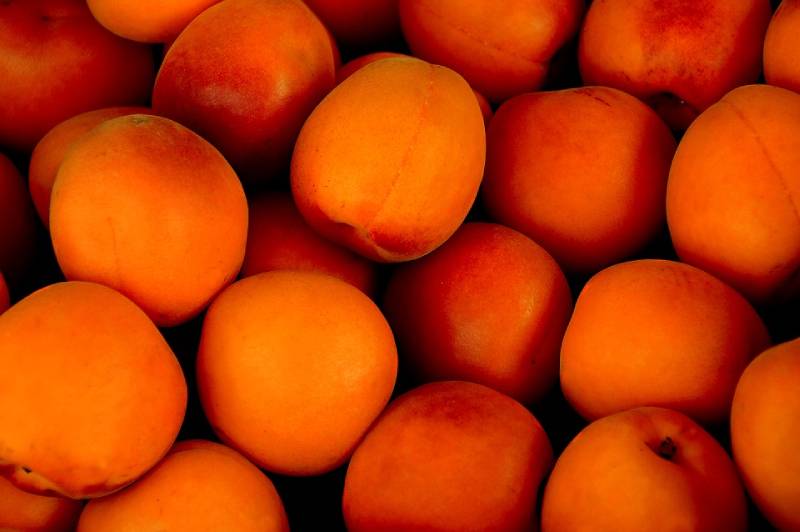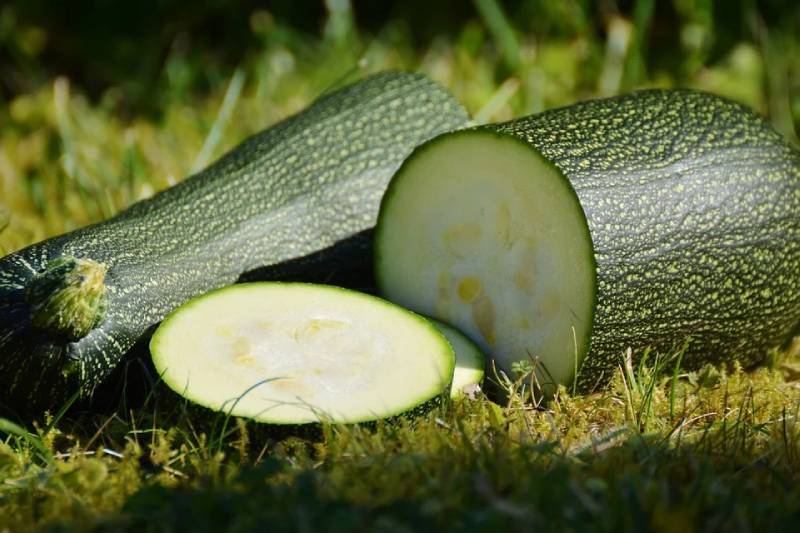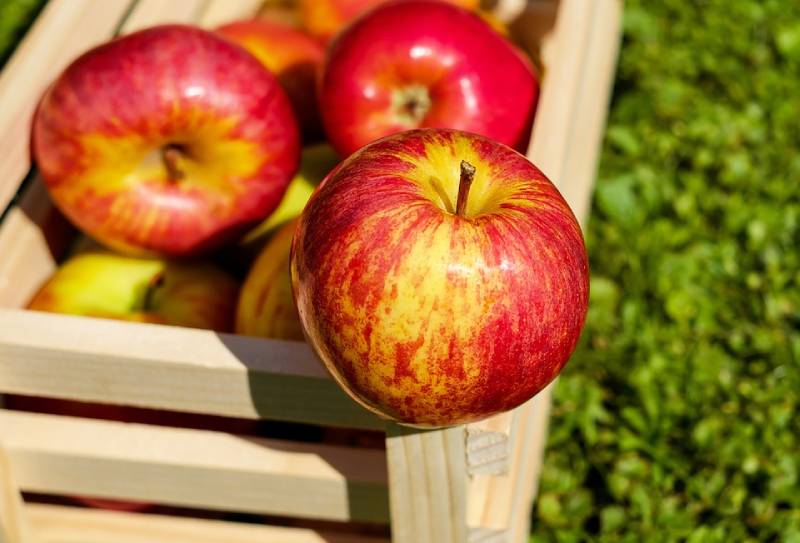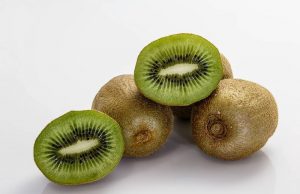Apricot Benefits, Nutrition Facts, and Dessert Recipe
We export apricots, dried apricots, and almonds to various countries worldwide. In addition, we ensure our products are fresh and of the highest quality, maintaining both taste and nutrition.
Apricots Origin
The apricot’s origin traces back to China, with records of cultivation dating to around 3,000 B.C. From there, the fruit spread to India and Persia before reaching Europe. Interestingly, the Arabs played a major role in introducing apricots to new regions.
Some historians initially believed apricots originated in Armenia. However, evidence now shows their true roots are Chinese. They journeyed from China to northern India, Punjab, and Tibet, then to Europe via Persia. Apricots did not appear in Rome until the 1st century and reached Greece during Alexander the Great’s campaigns.
From Spain, they traveled to the Americas, where they adapted well to temperate regions—especially California and the Mississippi River valley.



Apricot Nutrition Facts
Naturally, the first thing many people want to know is the nutritional profile of apricots. For your convenience, here is the breakdown per 100 g of fresh apricot:
| Nutrients | Quantity | %DV | Minerals | Quantity | %DV |
|---|---|---|---|---|---|
| Energy | 48 kcal | – | Calcium | 13 mg | 1% |
| Carbohydrates | 11 g | – | Copper | 0.078 mg | 9% |
| Sugars | 9.2 g | – | Iron | 0.39 mg | 2% |
| Dietary Fiber | 2 g | – | Magnesium | 10 mg | 2% |
| Total Fat | 0.4 g | – | Zinc | 0.20 mg | 2% |
| Protein | 1.4 g | – | Potassium | 259 mg | 6% |
| Vitamin B6 | 0.054 mg | 4% | Sodium | 1 mg | 0% |
| Vitamin C | 10 mg | 11% | – | – | – |
| Vitamin E | 0.89 mg | 4% | – | – | – |
| Vitamin K | 3.3 μg | 3% | – | – | – |
Apricot Benefits
Apricots are a great source of beta carotene, lutein, and zeaxanthin—antioxidants that combat free radicals in your body. However, they do not contain vitamin D. The best way to enjoy them is whole and unpeeled, as the skin holds much of the fiber and nutrients.
Some key benefits include:
Good Source of Vitamin A
Rich in Fiber
Beneficial for Heart Health
Packed with Antioxidants
Supports Healthy Blood
Promotes Skin Health
Diet-Friendly Snack
Strengthens Bones
Eating tips: Fresh or dried apricots are delicious on their own. Alternatively, chop them into cereal for a fruity boost. They’re also popular in jams and preserves, which can be made with little or no added sugar for a healthier treat.
Apricot Dessert – Pudding Recipe
Apricots can also be frozen for later use, giving you year-round access to their flavor. Moreover, they shine in homemade desserts such as apricot pudding.
Ingredients:
440 g canned apricot
2 tbsp caster sugar
1 tsp ground cinnamon
40 g softened butter
½ cup caster sugar (extra)
1 large egg
2 tsp vanilla extract
1 cup flour
100 ml milk
2 tsp sour cream or Greek yogurt
Instructions:
Preheat oven to 180°C (160°C fan-forced). Spread apricots in an ovenproof dish, sprinkle with sugar and cinnamon.
In a food processor, cream butter and extra sugar until fluffy.
Add egg and vanilla, then pulse briefly.
Mix in flour, milk, and sour cream until smooth.
Spread batter over fruit, leaving some fruit visible.
Bake for 30–35 minutes until firm and golden.
Let stand for 5 minutes, dust with icing sugar, and serve warm with ice cream or cream.
As a result, you’ll have a soft, fragrant dessert that highlights apricots’ natural sweetness.






